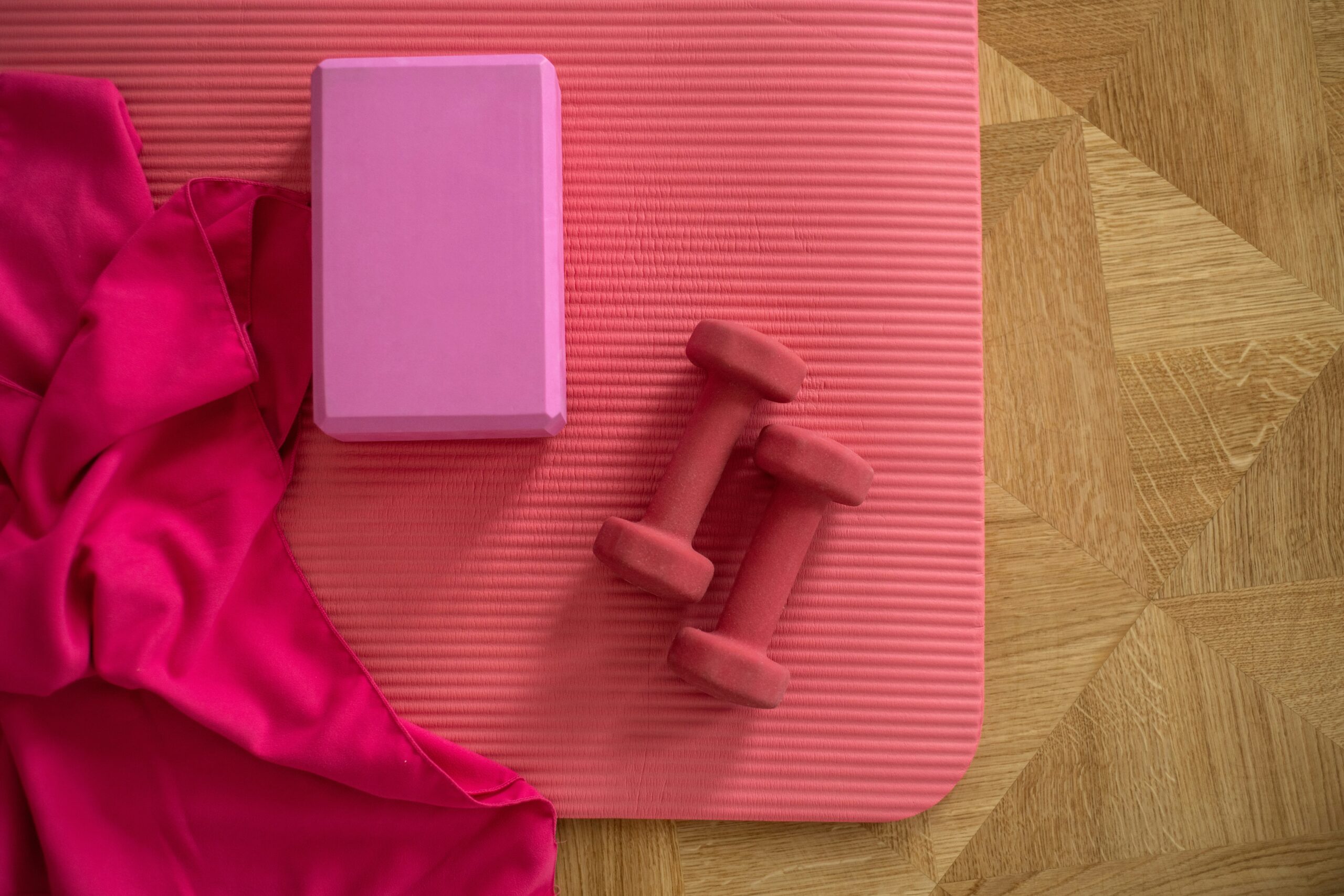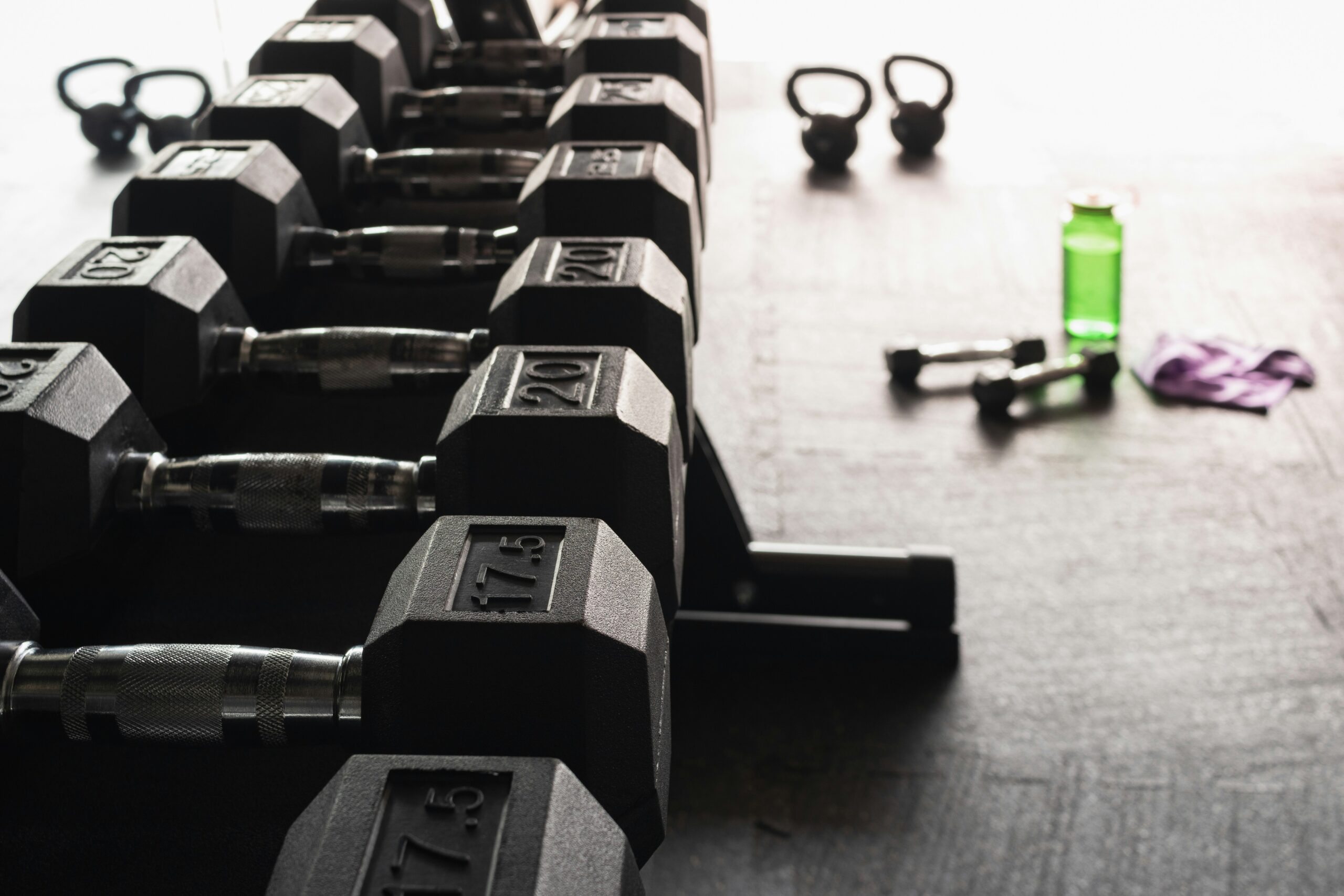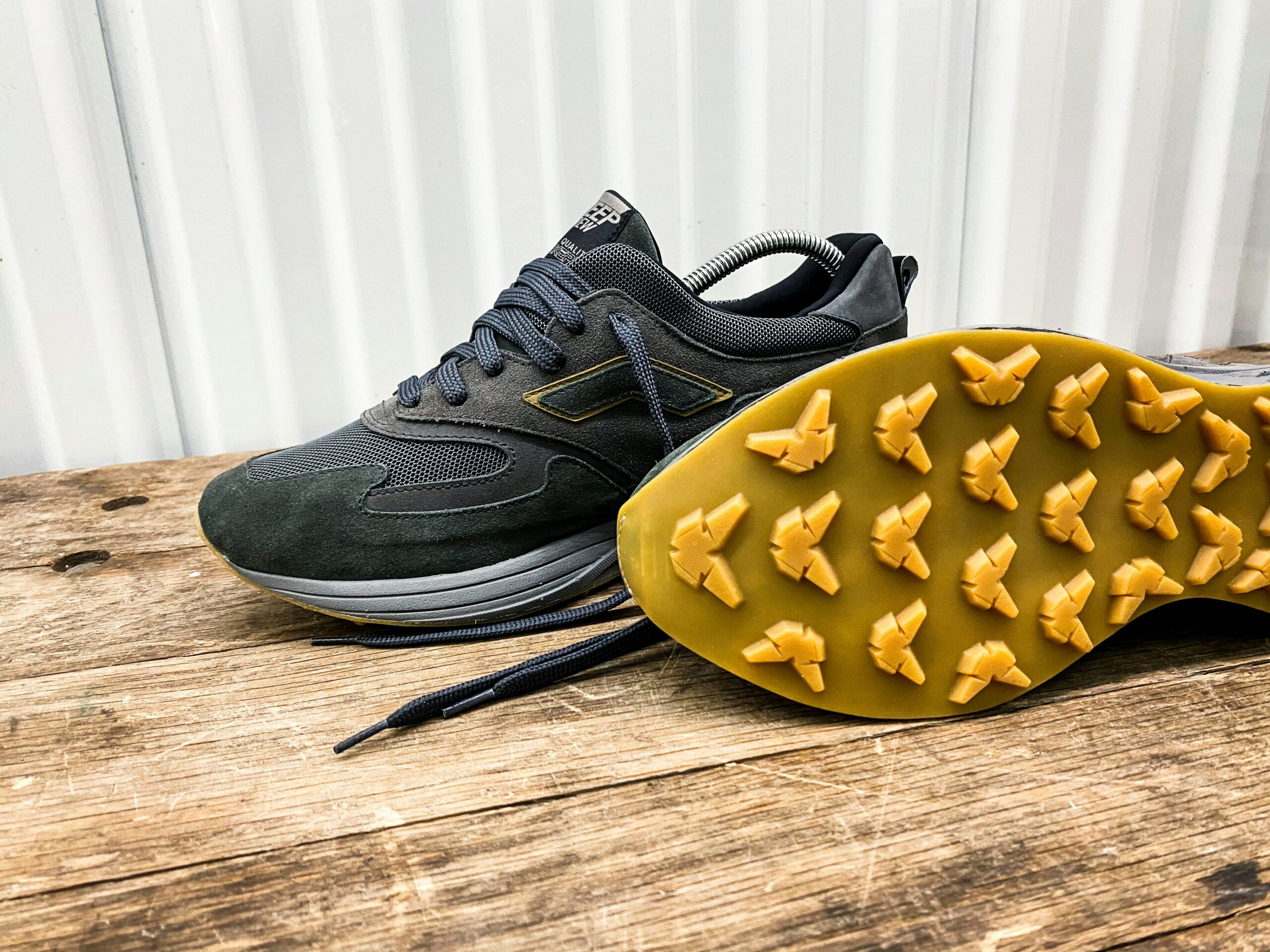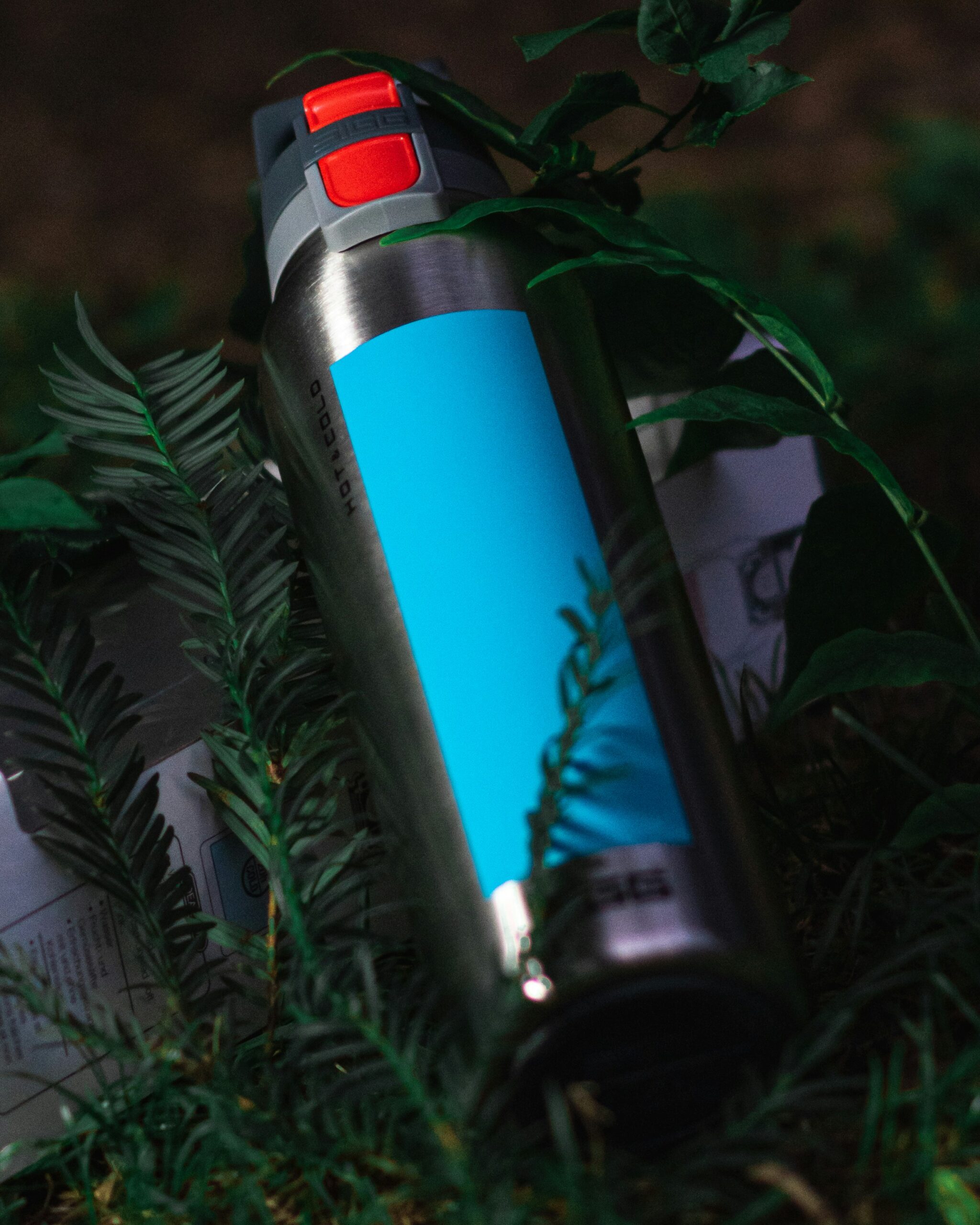Introduction to Yoga Mats
Yoga is a practice that has been gaining more and more followers around the world, especially in a contemporary scenario that values well-being and mental health. Training at home has become a viable and attractive option for many practitioners, highlighting the importance of having a good yoga mat. A suitable mat not only provides comfort, but also plays a fundamental role in maintaining a safe and effective practice.
A quality yoga mat is essential to ensure that the experience of each practice is as pleasant as possible. Grip is one of the most critical aspects that a mat must offer, as it helps to prevent slipping during postures, especially in sweaty conditions. In addition, a good mat must offer adequate support, allowing practitioners to move freely, without worrying about instability that can cause injuries.
In addition to functionality, the aesthetics of the mat also play a role, since the variety of colors and designs available can make the practice more appealing. The growing popularity of yoga at home, accentuated by the restrictions imposed by the pandemic, has brought about the need to adapt personal spaces for this purpose. This includes choosing a mat that not only meets your physical needs but also fosters a peaceful and focused environment.
Therefore, when considering a yoga mat, it is crucial to prioritize these aspects of comfort and safety. By making the right choice, you can optimize your practice at home, making your yoga sessions more productive and enjoyable. In the following sections, we will explore some recommendations for the best mats available on the market, which have been tested and approved by experienced practitioners.
Criteria for Choosing a Good Yoga Mat
Choosing the right yoga mat is crucial to ensuring a safe and comfortable practice. There are several criteria that should be considered before purchasing. One of the first things to consider is the mat material. Mats are often made of PVC, natural rubber, TPE or jute. Each material has different characteristics; for example, natural rubber offers good grip and is more sustainable, while PVC is durable but less environmentally friendly. When choosing a material, consider your personal needs and environmental concerns.
Another important aspect is the thickness of the mat. Thicker mats can provide more cushioning and comfort for the joints, ideal for beginners or those with joint problems. However, thinner mats promote balance and stability, and are preferred by more experienced practitioners. The ideal thickness can vary between 3 mm and 8 mm, depending on the practice style and personal preference.
The texture of the mat also plays a key role. A grippy surface is essential to ensure that you do not slip during your practice. Different textures can provide different levels of traction, so it’s a good idea to test out a mat before purchasing. Durability is also a key factor to consider, as a quality mat will withstand wear and tear and frequent use. Check out user reviews on the durability of your chosen material.
Finally, sustainability has become an increasingly important consideration when choosing yoga mats. Choosing products made from eco-friendly materials helps minimize environmental impact. Considering these factors not only improves your yoga experience, but also enables you to consume more consciously and responsibly.
The 5 Best Yoga Mats Tested and Approved
In the world of yoga, choosing the right mat plays a crucial role in optimizing your practice and ensuring comfort during exercises. After meticulous testing by experts and analyzing user feedback, we present a list of the five best yoga mats, with details about their features, advantages and disadvantages.
The first on the list is the Manduka PRO Mat. Recognized for its durability, this mat is 6 mm thick, providing excellent shock absorption. Its surface is non-slip, ideal for intensive practices. However, its price can be a little high, ranging from around R$900.00.
The Liforme Mat stands out for its guide alignment, which helps in the correct execution of postures. With 4.5 mm thick and a finish that provides good grip, it is a favorite option among yogis. However, the price, around R$700.00, can be a limiting factor for some.
In third place, we have the Eco-Friendly TPE Mat. This model is a sustainable choice, made from recyclable material and free of toxic substances. With a thickness of 6 mm, it offers comfort and good traction. The price is around R$ 200.00, making it an excellent option for beginners.
The Gaiam Mat is known for its attractive design and lightness, making it easy to transport. With a thickness of 5 mm, it offers a good balance between comfort and stability, but can be a little slippery on smooth surfaces. The average cost is R$ 250.00.
Finally, the Jade Yoga Mat is made from natural rubber, standing out for its excellent grip system. With a thickness of 5 mm, it is ideal for intense practice. Its market value is approximately R$ 350.00, justifying itself by the commitment to an environmentally friendly product. Each of these yoga mats offers unique characteristics, allowing choices aligned with the individual needs of practitioners.
Tips for Taking Care of Your Yoga Mat
Taking care of your yoga mat is essential to ensure its durability and performance over time. A well-maintained mat not only provides a safe and comfortable surface for your practice, but also helps prevent the build-up of dirt and bacteria. Here are some practical tips for caring for your mat, regardless of the material you choose.
First and foremost, regular cleaning is essential. We recommend cleaning your yoga mat after each use, especially if you practice in hot or sweaty environments. To do this, you can use a simple solution of warm water and mild soap, applied with a soft cloth. Avoid harsh chemicals, as they can damage the surface and compromise the grip of the mat.
Proper storage also plays a crucial role in maintaining your mat. Whenever possible, store your mat in a cool, dry place, away from direct sunlight, which can cause fading and wear to the materials. If your mat is rolled, use it to avoid folding it, which could damage the surface. In humid environments, such as bathrooms, avoid leaving your mat exposed, as excessive moisture can encourage mold to form.
In addition, choosing the right mat for your practice style can affect its longevity. Some materials, such as PVC and natural rubber, offer superior durability. To extend the life of your mat, consider using a thin towel on top of the mat during more intense yoga sessions, as this can help minimize wear and tear. Another important tip is to always avoid wearing shoes on the mat, as this can transfer dirt and contribute to damage.
Finally, always be on the lookout for signs of wear, such as tears or loss of grip, which may indicate that it is time to replace your mat. By following these guidelines, you can keep your yoga mat in excellent condition, providing a pleasant and safe space for your home practices.




